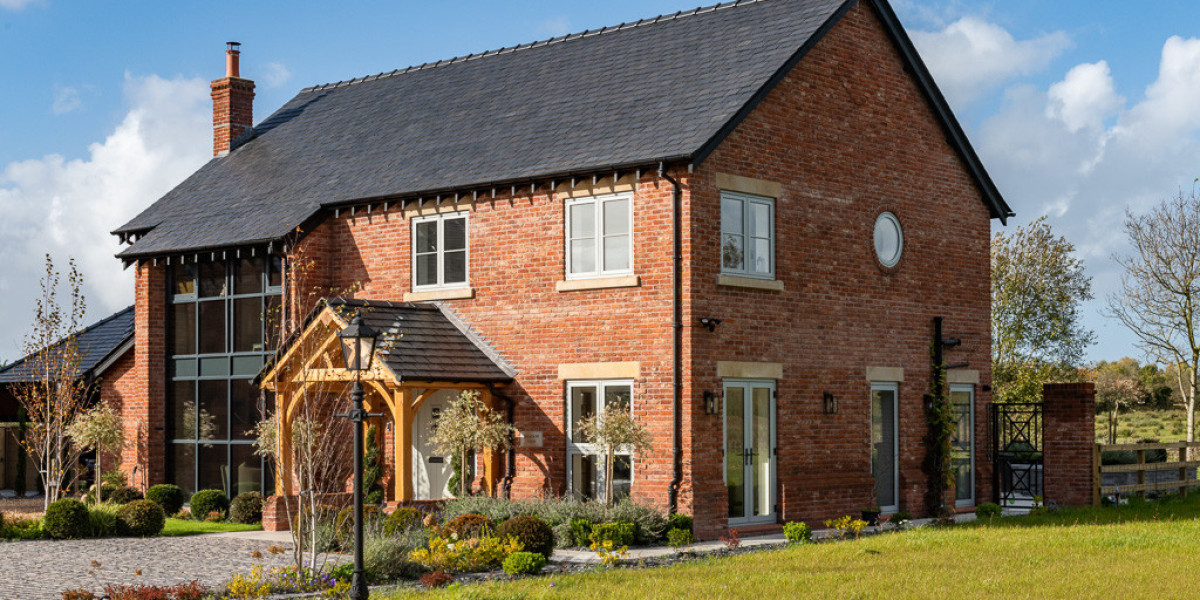Window installation is a critical aspect of home improvement that enhances energy efficiency, aesthetic appeal, and overall property value. Whether you are replacing old windows or installing new ones, understanding the process, types of windows, and installation techniques is essential for achieving optimal results. This report provides a comprehensive overview of window installation, including preparation, types of windows, installation steps, and post-installation considerations.
1. Importance of Window Installation
Proper window installation is crucial for several reasons. First, well-installed windows can significantly improve energy efficiency, reducing heating and cooling costs. Poorly installed windows can lead to drafts, water leaks, and increased energy consumption. Additionally, windows serve as a barrier against the elements, providing insulation and protection from weather-related damage. Aesthetic value is another important factor; new windows can enhance the curb appeal of a home and increase its market value.
2. Types of Windows
Before diving into the installation process, it is important to understand the different types of windows available. Each type has its own unique features and benefits:
- Double-Hung Windows: These windows have two operable sashes that slide up and down, allowing for ventilation from both the top and bottom. They are easy to clean and maintain.
- Casement Windows: Hinged on one side, casement windows open outward, providing excellent ventilation and unobstructed views. They are often more energy-efficient than double-hung windows.
- Sliding Windows: These windows consist of two or more sashes that slide horizontally. They are ideal for wide openings and are easy to operate.
- Awning Windows: Hinged at the top and opening outward, awning windows are effective for ventilation even during rain, as they keep water out while allowing fresh air in.
- Bay and Bow Windows: These windows project outward from the home, creating additional space and offering panoramic views. They can be customized with various window types.
- Picture Windows: Fixed windows that do not open, picture windows are designed to provide unobstructed views and natural light.
3. Preparing for Installation
Before beginning the window installation process, proper preparation is essential. Here are the steps to take:
- Measure the Opening: Accurate measurements of the window opening are crucial for selecting the right size window. Measure the width and height at three different points (top, middle, bottom) and use the smallest measurement.
- Choose the Right Windows: Based on your measurements and style preferences, select windows that fit your needs in terms of energy efficiency, aesthetics, and functionality.
- Gather Necessary Tools and Materials: Common tools required for window installation include a level, tape measure, utility knife, pry bar, hammer, nails, caulk, and shims. Make sure to have all materials on hand before starting the installation.
- Check Local Building Codes: Familiarize yourself with local building codes and regulations regarding window installation. This may include permits, energy efficiency standards, and safety requirements.
4. Installation Steps
The window installation process can vary depending on the type of window and the specifics of the project. However, the following steps outline a general approach:
Step 1: Remove the Old Window
If you are replacing an existing window, carefully remove it by:

- Removing any trim or molding around the window frame using a pry bar.
- Unscrewing or prying out the old window from the frame.
- Cleaning the opening and removing any debris or old caulk.
Step 2: Prepare the Opening
Once the old window is removed, prepare the opening for the new window:
- Inspect the frame for damage or rot and make necessary repairs.
- Ensure the opening is level and square; use shims to adjust if needed.
- Apply a bead of caulk along the sill to create a weatherproof seal.
Step 3: Install the New Window
- Insert the Window: Carefully place the new window into the opening, ensuring it is centered and level. Use shims to adjust the window as necessary.
- Secure the Window: Once the window is level, secure it in place by driving screws through the window frame into the wall studs. Follow the manufacturer's recommendations for the number and placement of screws.
- Check for Level and Plumb: Use a level to ensure the window is properly aligned. Make any adjustments by adding or removing shims.
Step 4: Insulate and Seal
- Insulate: Fill any gaps between the window frame and the rough opening with insulation foam or fiberglass insulation to improve energy efficiency.
- Seal: Apply caulk around the exterior perimeter of the window to create a watertight seal. Ensure that the caulk is smooth and even for a professional appearance.
Step 5: Install Trim and Finish
- Install Interior Trim: Replace or install new interior trim around the window frame. Use finishing nails to secure the trim, and fill any nail holes with wood filler.
- Paint or Stain: If desired, paint or stain the trim to match your home’s decor.
5. Post-Installation Considerations
After the installation is complete, there are a few important considerations:
- Inspect for Leaks: Check for any signs of air or water leaks around the window. If leaks are detected, reapply caulk or insulation as necessary.
- Clean the Windows: Clean the glass and frames to remove any dust or debris from the installation process.
- Allow for Settling: If the window is new construction, allow some time for settling before making any further adjustments or applying additional finishes.
Conclusion
Window installation is a significant home improvement project that can yield substantial benefits in terms of energy efficiency, aesthetics, and property value. By understanding the types of windows available, preparing adequately, and following the correct installation steps, homeowners can achieve successful results. Whether opting for a DIY approach or hiring a professional, proper installation is key to ensuring long-lasting performance and satisfaction with your new windows.



